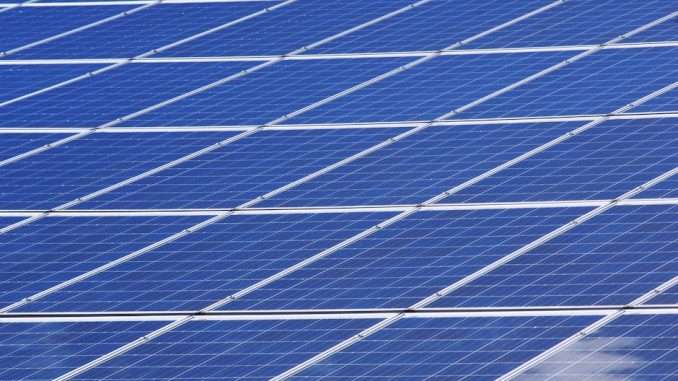
The relentless pursuit of sustainability and the imperative to address climate change have catalyzed a reevaluation of our built environment. Retrofitting existing buildings with energy-efficient technologies has emerged as a compelling strategy, one which not only signifies a commitment to reducing greenhouse gas emissions but also redefines the quality of life for occupants through improved comfort, health, and reduced energy costs. This transformative process, however, is frequently met with the obstacle of considerable initial investment, which has given rise to innovative financing methods that are reshaping the economic landscape, making energy efficiency both achievable and financially sustainable.
Read more about sustainable development.
Understanding the pivotal role that buildings play in environmental impact lays the groundwork for a future where energy efficiency is the norm. Energy Performance Certificates (EPCs) serve as a vital metric, grading buildings from A to G on their efficiency and offering a blueprint for enhancement. Retrofitting is the act of realising this potential, and its advantages extend far beyond energy savings. By incorporating eco-friendly technologies, buildings are rejuvenated, becoming healthier and more comfortable havens for their inhabitants. Energy-efficient upgrades, such as improved natural lighting and enhanced thermal insulation, not only optimise living and working spaces but also lead to marked reductions in operational costs and energy consumption. This, in turn, boosts a building’s market value and its attractiveness to potential buyers or tenants.
The economic impediment posed by the upfront costs of retrofitting initiatives is considerable yet not insurmountable. The financial terrain for such projects is evolving, with the advent of creative financing strategies making these upgrades increasingly attainable. Traditional funding avenues like loans, grants, and tax incentives are now complemented by alternative solutions, including energy performance contracts, crowdfunding, and green revolving funds. These novel financial instruments offer relief to building owners and foster community engagement, underscoring the collective endorsement of sustainability.
Energy performance contracts (EPCs) stand out as a promising financial model, wherein the energy savings anticipated from retrofitting are expected to recoup the project’s costs over time. This approach reduces investment risk by assuring that expenditures will be recovered through lower utility bills, fostering a win-win situation. Other financing avenues, such as power purchase agreements and third-party financing, allow building owners to reap the benefits of energy savings without shouldering the full cost of equipment upgrades.
For building owners wading through the complexities of retrofitting finance, compliance with energy regulations, building codes, and sustainability targets is crucial to maximise a project’s impact. Energy audits are invaluable in this regard, identifying areas for energy savings and informing the selection of financing solutions. Financial institutions are also playing a pivotal role by tailoring loans and other financial products to support retrofit endeavours.
The broader ramifications of energy retrofit projects are profound. They are instrumental in curtailing carbon emissions, bolstering energy security, and heightening climate resilience. By incentivising retrofit initiatives through favourable financing conditions and grants, the transition to a low-carbon economy is accelerated. Achieving certifications like LEED and ENERGY STAR can further increase a property’s value and appeal, fuelling the momentum for energy-efficient retrofits.
Financing models that successfully underpin energy retrofitting emphasise energy conservation, the integration of renewable energy sources, and the deployment of smart building technologies. Vigilant monitoring and verification processes are essential to ensure that retrofit projects fulfil their promised energy savings and performance improvements. Addressing common hurdles, such as high upfront costs and limited access to capital, requires innovative thinking and collaborative efforts. Public-private partnerships exemplify such synergy, leveraging the unique strengths and resources of both spheres.
Retrofitting presents an attractive avenue towards more sustainable and efficient buildings, with a breadth of benefits that range from diminished emissions to an improved quality of life for residents. When aligned with forward-thinking financing strategies, retrofitting is not just a viable option for property owners but also a driving force for broader economic, environmental, and societal advancement. Looking ahead, the adoption of retrofitting practices and the exploration of creative financing solutions will be indispensable in forging a sustainable and resilient future.


Be the first to comment